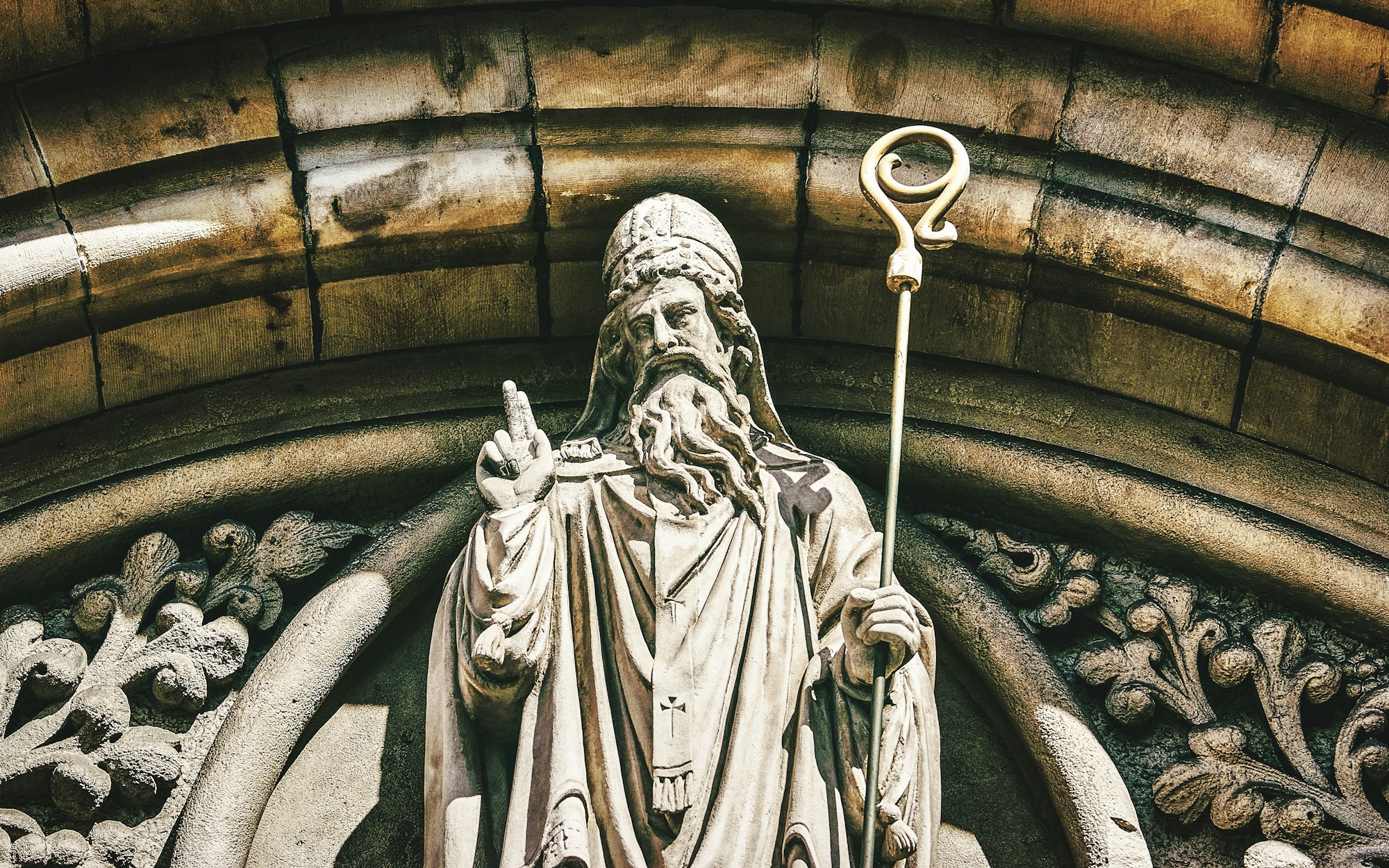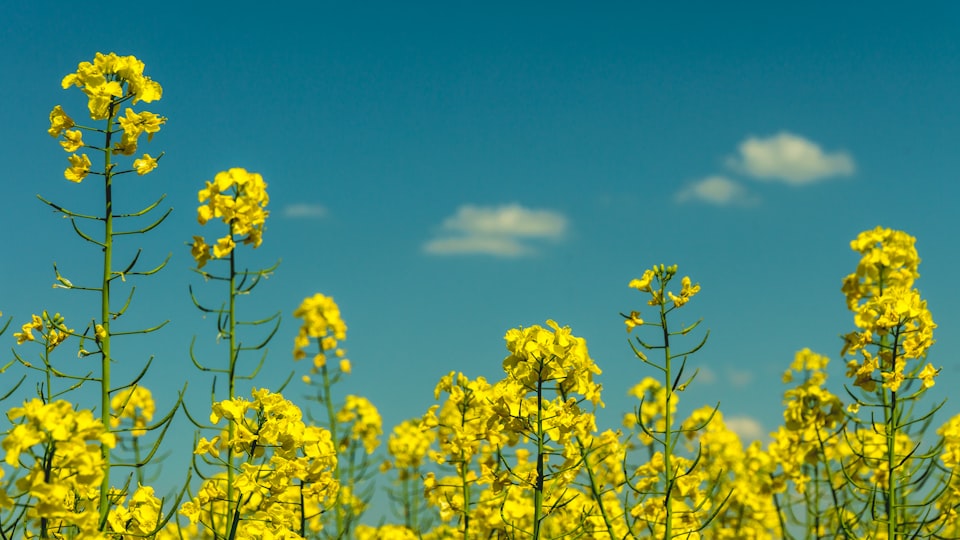IV: Palm
A fast and furious overview of French colonialism.

Good morning. Today is quartidi, the 14th of Floréal, Year CCXXXI. We celebrate le chamerisier, a word that currently refers to box-leaf (or dwarf) honeysuckle but is often listed in English as the fan palm.
Europe has five nations people would probably name first, if you nudged them to ignore the Scandinavian ones: Spain, England, France, Germany, Italy. Each has different associations, with Italy's being the weirdest, as it has inherited the whole of Greco-Roman tradition despite being the newest unified country. Germany is also a complicated beast, in that it had been, for a long time, just an absolute jumble of complicated fiefdoms who all happened to share a linguistic group until united hatred of France brought them all together, but it's now very quickly in the "tried to conquer Europe" camp that France previously had occupied alone.
England (here a stand-in for the UK, but really speaking of the British crown) and Spain share in common their ambitions colonially. When you think British or Spanish history from the 18th century forward, it's impossible not to think of the Americas and Asia and Africa and ships and gold and slaves and slaughter.
But France deserves to be in that second category. It's only because Napoleon was Hitler-before-Hitler in the history books that people automatically associate the nation with its domestic turmoils and ambitions, revolutions and retreats, rulers and rebels.
In reality, most of France is covered in palm trees.



